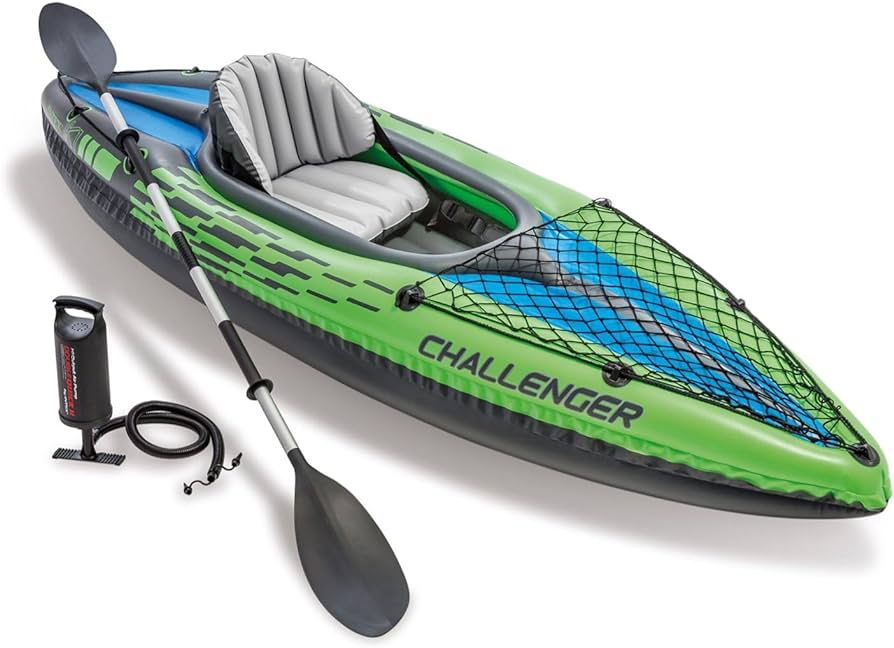Weight Distribution in Kayaking: Finding the Ideal Balance

When it comes to kayaking, one of the fundamental aspects that can greatly influence your experience on the water is weight distribution. Proper weight distribution not only impacts the stability and manoeuvrability of your kayak but also ensures safety. In this article, we will explore the kayak weight importance of finding the ideal balance in weight distribution when kayaking.
Stability and Control:
The primary reason for maintaining proper weight distribution in a kayak is to ensure stability and control. Kayaks are designed with a specific centre of gravity, and when the weight is distributed evenly, it helps keep the kayak balanced on the water. This balance is crucial for preventing capsizes and maintaining control, especially in rough or choppy conditions.
Fore-and-Aft Balance:
Weight distribution involves both fore-and-aft balance (front to back) and side-to-side balance. For fore-and-aft balance, it’s essential to position your body and gear correctly. In most kayaks, the heaviest items, such as coolers or backpacks, should be placed in the centre or slightly toward the rear to maintain proper trim. This prevents the bow (front) or stern (back) from dipping too far into the water.
Side-to-Side Balance:
Side-to-side balance, also known as the kayak’s “secondary stability,” is equally important. Ideally, your kayak should sit level on the water. Uneven weight distribution can lead to a kayak tipping to one side, which can be uncomfortable and increase the risk of capsizing. To achieve side-to-side balance, distribute your weight evenly between the left and right sides of the kayak.
Personal Weight Distribution:
Each paddler’s body weight plays a significant role in overall weight distribution. Your body should be centred in the kayak with your weight evenly distributed on your seat. Avoid leaning too far to one side, as this can destabilize the kayak and make it more challenging to paddle straight.
Gear Placement:
The placement of gear and accessories in your kayak is critical. Secure any loose items to prevent them from shifting and affecting your kayak’s balance. Smaller items like water bottles, cameras, and fishing gear should be within easy reach and positioned to maintain balance.
Loading Kayaks with Gear:
If you’re carrying a substantial amount of gear or camping equipment, be mindful of where you place it in the kayak. The heaviest items should be centred, while lighter gear can be distributed toward the bow and stern to maintain an even keel.
Adjusting for Conditions:
It’s important to note that weight distribution may need to be adjusted depending on water and weather conditions. In rough seas or strong winds, shifting your weight slightly toward the rear can provide more stability. Conversely, in calm conditions, maintaining an even distribution will allow for smoother paddling.
Safety Considerations:
Proper weight distribution is not just about comfort and performance; it’s also about safety. An improperly balanced kayak can be more susceptible to capsizing, which can lead to dangerous situations, especially in remote or challenging environments.
Practice and Experience:
Achieving the ideal weight distribution in your kayak may take some practice and experimentation. Spend time paddling in different conditions to get a feel for how your kayak responds to changes in weight distribution. As you gain experience, you’ll become more adept at finding the perfect balance.
In conclusion, weight distribution is a fundamental aspect of kayaking that directly affects your stability, control, and safety on the water. By understanding the importance of proper weight distribution and practising it consistently, you can enhance your kayaking experience and enjoy safer and more enjoyable outings on the water. Always prioritize safety and take the time to adjust your weight distribution as needed to ensure a balanced and controlled ride.



